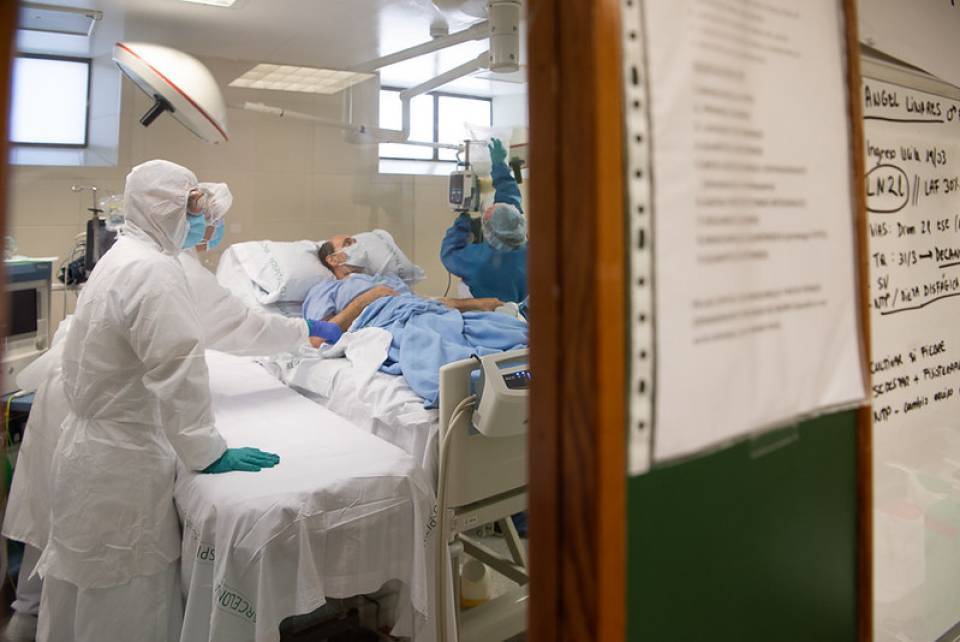It has been proven that the severe acute respiratory syndrome that causes coronavirus produces a higher mortality rate in vulnerable people. This is the case for people suffering from chronic diseases, including those who are receiving treatment with immunosuppressive therapies. Multiple Sclerosis (MS) patients have a chronic inflammatory disease which is generally treated with immunosuppressive drugs. In addition, they often have several other diseases, which are also associated with a worse prognosis of COVID-19.
As things stand, it is not yet clear whether or not MS patients are more susceptible to contracting COVID-19, or if they have a worse outlook compared to the general population. In fact, some studies even suggest that immunotherapy may be a protective factor. However, this data was obtained without comparing the incidence and mortality rates of COVID-19 in MS patients to those in the general population.
In order to answer these questions, and, if required, to implement protection strategies, a transversal study was carried out by the Multiple Sclerosis and Neuroimmunology Department. The objective was to ascertain the impact of COVID-19 in multiple sclerosis patients who are being monitored in this department.
To carry out this study, a survey was sent out via e-mail, an interview was conducted over the phone and data was collected from the patients’ medical files up until June 2020.
The total number of COVID-19 cases since the start of the pandemic in MS patients was analysed and then compared against the estimations for the general population in Barcelona.
A total number of 407 patients completed this survey, the majority of whom were women. The average age of the patients completing the survey was 48 years old, with the participants suffering from relapsing-remitting MS and at least one other chronic disease.
The number of confirmed cases of COVID-19 was 5 (1.2%), and the number of suspected cases was 46 (11.3%). As such, the incidence rate of confirmed COVID-19 cases was similar to that of the general population (1.27%). However, when all cases were considered - both confirmed cases and suspected cases - the incidence rate was double in MS patients. The most significant piece of data, however, was that the mortality rate was not significantly different between MS patients and the general population (1.9% vs 4.4%, respectively).
The study concluded that despite there being a greater incidence rate of COVID-19 amongst these patients, the majority did not require hospitalisation and their disease evolved positively. This is significant, as it shows that the frequent presence of other chronic diseases and treatment with immunosuppressive drugs do not represent as dangerous a risk factor as was previously believed. As least, this is not the case in this population group.
Information documented by: Dr Albert Saiz, Multiple Sclerosis and Neuroimmunology Department, Hospital Clínic de Barcelona




